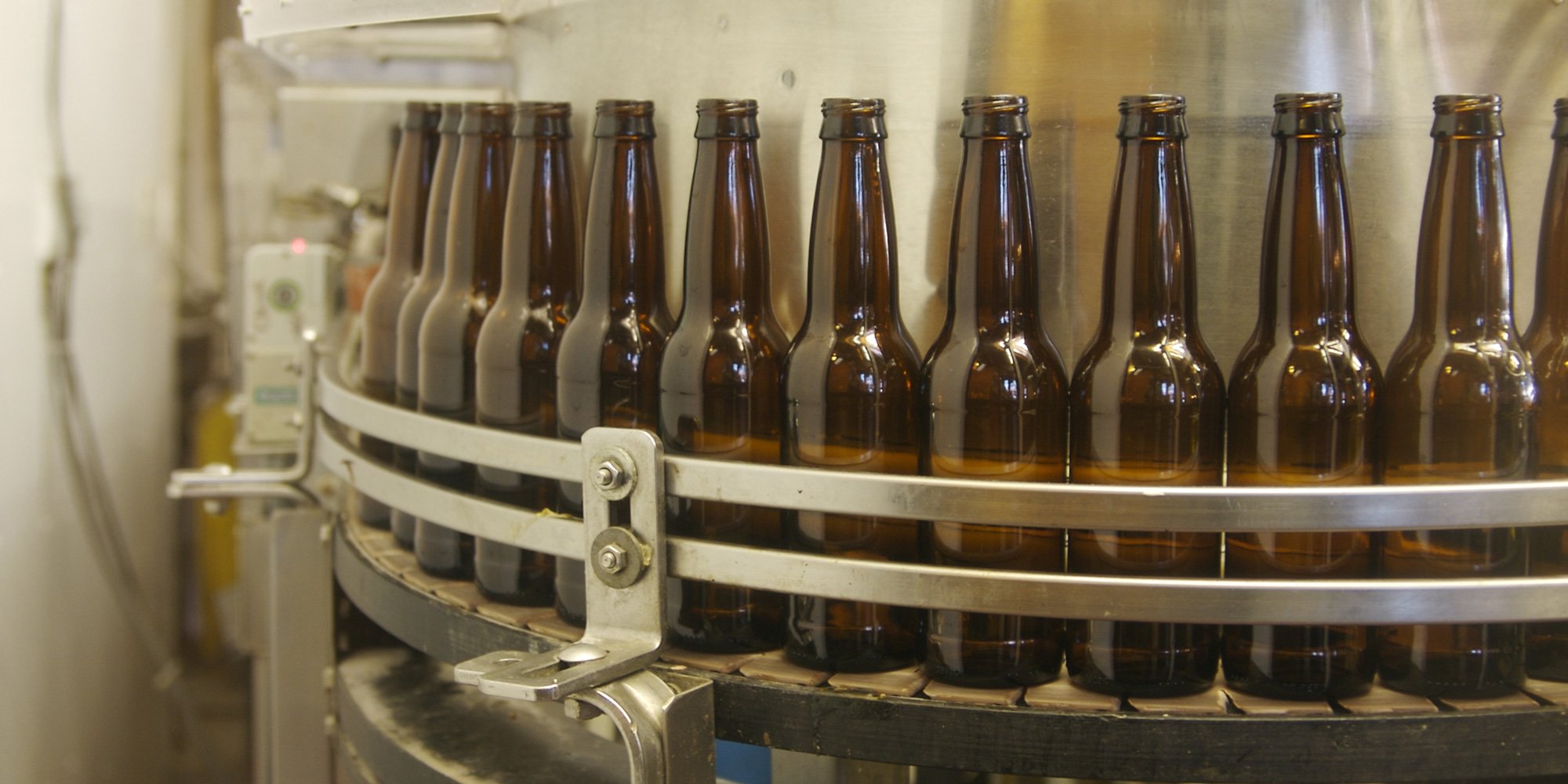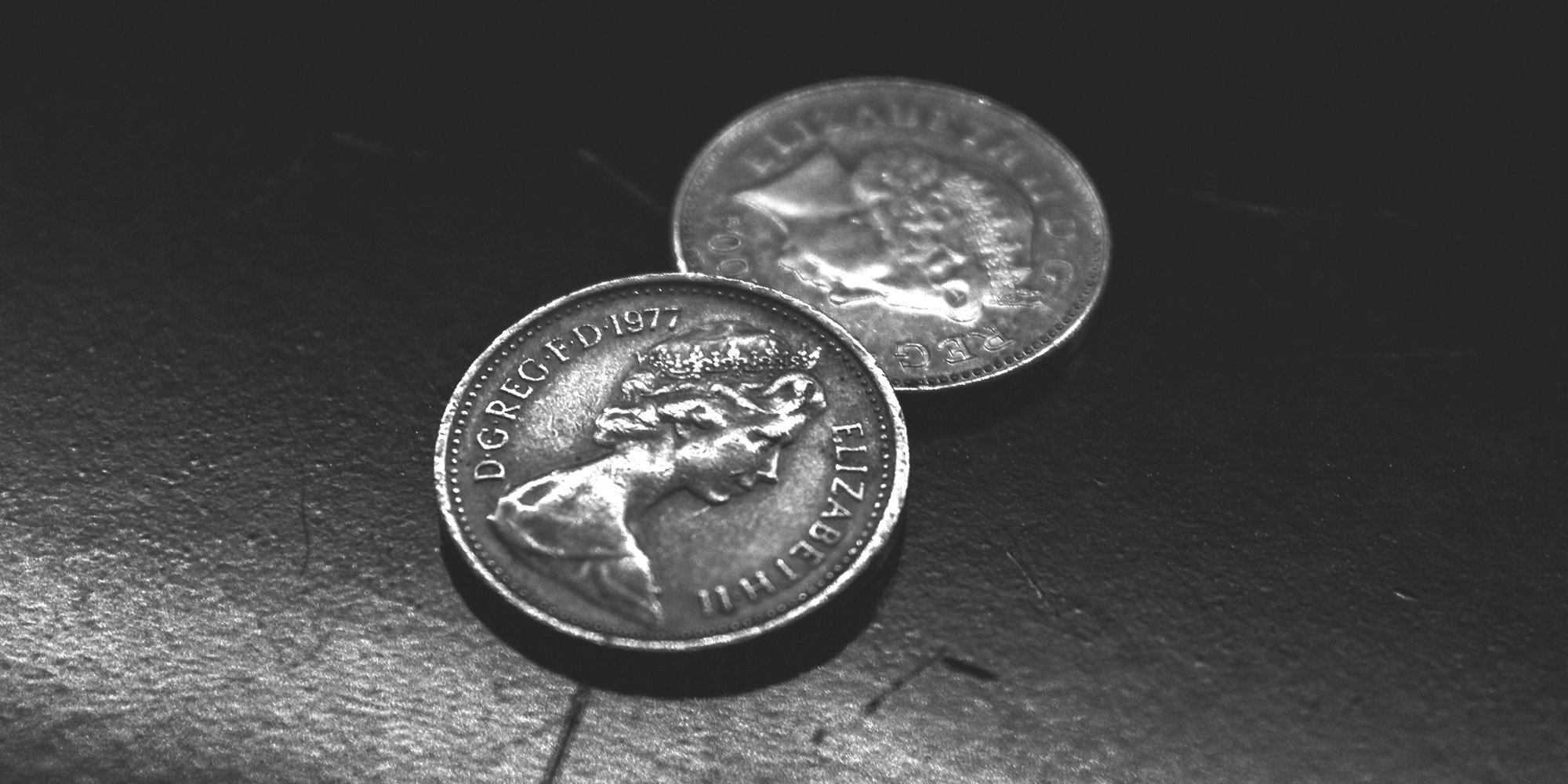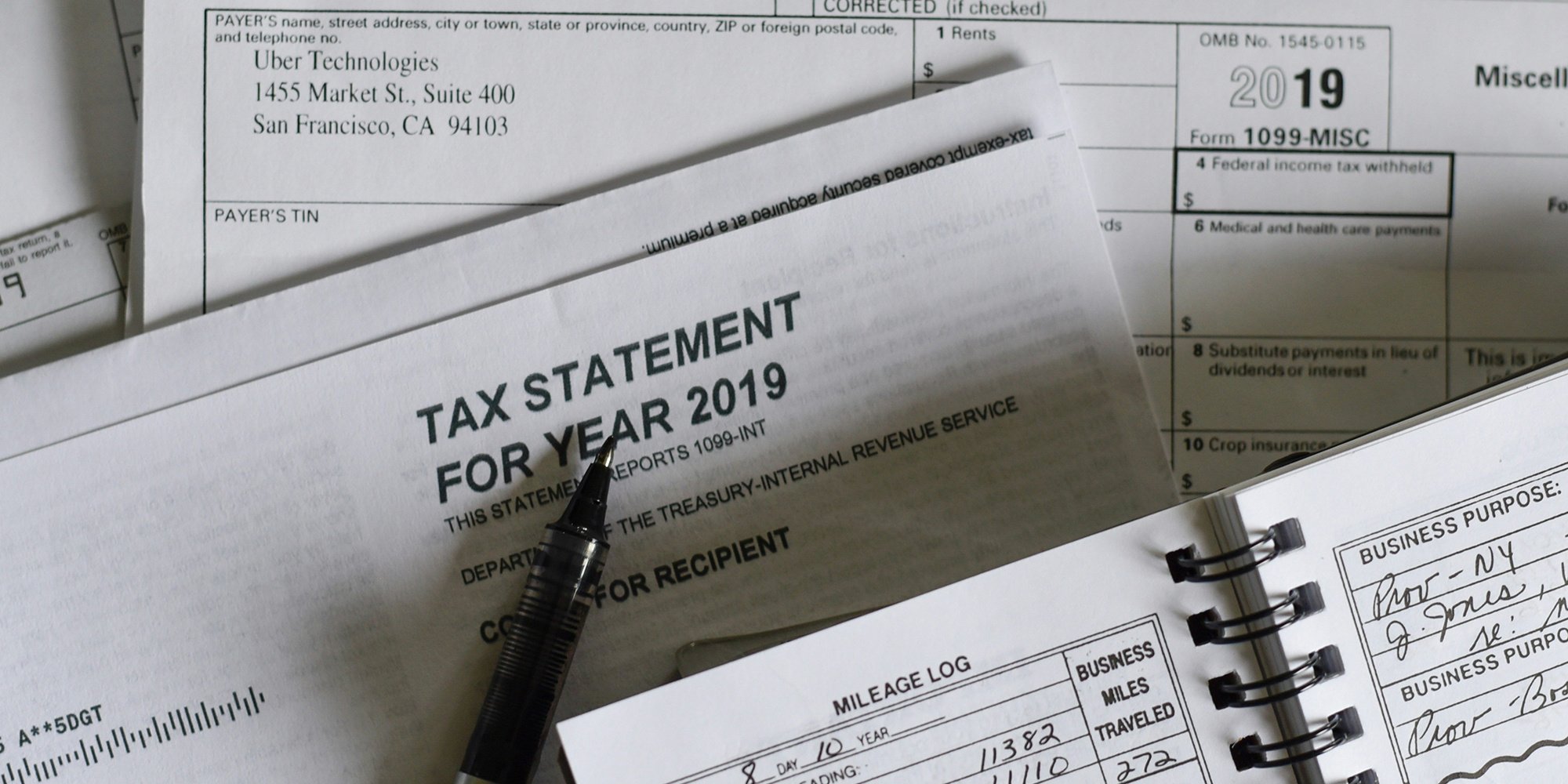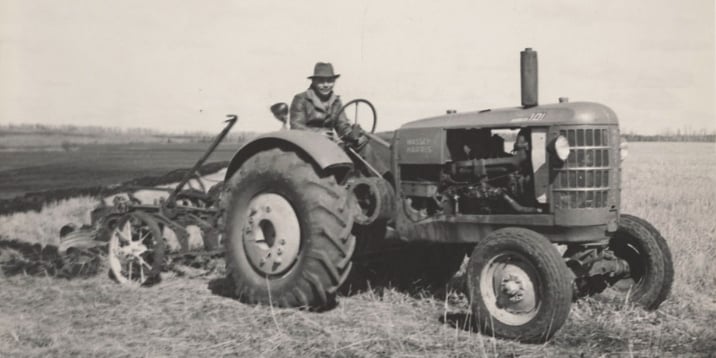Lower Income - #4 of 8 Key Issues for Indigenous Peoples in Canada
Indigenous Canadians earn about 70 cents for every dollar made by non-Indigenous Canadians, according to Canada's income data. This is a very...

The Indian Act Prohibited the sale of alcohol to First Nations (1884 - 1985)
Every one who by himself, his clerk, servant or agent, and every one who in the employment or on the premises of another directly or indirectly on any pretense or by any device,
(a) sells, barters, supplies or gives to any Indian or non-treaty Indian, or to any person male or female who is reputed to belong to a particular band, or who follows the Indian mode of life, or any child of such person any intoxicant, or causes or procures the same to be done or attempts the same or connives thereat...
...shall, on summary conviction before any judge, police magistrate, stipendiary magistrate, or two justices of the peace or Indian agent, be liable to imprisonment for a term not exceeding six months and not less than one month, with or without hard labour, or to a penalty not exceeding three hundred dollars and not less than fifty dollars with costs of prosecution, or to both penalty and imprisonment in the discretion of the convicting judge, magistrate, justices of the peace or Indian agent. [1]
Note on terminology: in this article, we use the term "Indian" as it is the term used in the Indian Act.
Alcohol, along with other items, was used as barter with Indians for furs by the early traders. It was a common ploy to supply a great quantity of alcohol to the Indian traders prior to the negotiation process.
One of the earliest mentions of controlling Indian access to alcohol was included in the instructions to Superintendents, Deputy Superintendents, Commissaries, Interpreters, and Missionaries in 1775: “No Trader shall sell or otherwise supply the Indians with Rum, or other spirituous liquors, swan shot or rifled barrel led guns.” [2] That set the tone for the federal government’s policies regarding Indians and alcohol.
Due to an amendment to the Indian Act in 1884, it became a felony for Indians to purchase, consume, and enter a licensed establishment; likewise for anyone who sold alcohol to an Indian person. No form of prohibition has ever been 100% effective. This particular prohibition created the scenario of Indians purchasing liquor from black market dealers and consuming it rapidly in back alleys and bushes.
In the early days of the Indian Act, the intent behind the alcohol ban was the belief that if Indians were able to access alcohol they wouldn’t be diligently working their “farmland” - in other words, they should be on the reserve, working land that, in many cases, was not arable, with rudimentary hand tools because they were denied access to modern farm tools, and if they did manage to grow anything, they weren’t allowed to sell it without a permit to leave the reserve or the permit required to sell their produce. The government and mainstream “society” also did not want to rub elbows with Indians in licensed drinking establishments and licensed establishments feared a decrease in customers. During WWI and WWII enlisted Indians were legally allowed to drink but were not allowed the same consideration at home. Indian veterans were banned from the Legions that their fellow, non-Indian soldiers frequented.
Indian veterans had no access to veterans affairs administrators, as we have seen, since IAB personnel had taken over their responsibilities. In addition, Aboriginal veterans seldom had access to Royal Canadian Legion branches and newsletters. These were very helpful to most other veterans, informing them about the benefits available and helping them find out how to obtain them. In addition, they provided a useful means for discussing and comparing experiences on the subject. However, status Indians were usually barred from participation in the Legion, because Legions served liquor, and Aboriginal men subject to the Indian Act could not attend functions where liquor was served. Exclusion of Indian veterans from Legions was extremely discriminatory, considering they had fought, been wounded and died alongside their non-Aboriginal comrades. But the Indian Act was inflexible on the issue of access to liquor. In only a few locations, such as Tyendinaga, did status Indians enjoy Legion membership. This exclusion served not only to separate Indian veterans from their wartime companions, but also jeopardized their receipt of veterans benefits. [3]
We want to make clear that barring veterans was not necessarily supported by each Legion but they did have to adhere to the law.
A Special Committee of the Senate and House of Commons studied the Indian Act between 1946 and 1948 and in that period heard opinions from a broad spectrum regarding alcohol restrictions. In response to the findings of the Special Committee, the Indian Act underwent yet another set of amendments in 1951, including the amendment that prohibited Indians from consuming alcohol in licensed establishments. However, there was one catch - provincial governments had to petition the general-in-council in order to fully implement the amendment within their jurisdictions. At that point, it became a province-by-province move to allow Indians to consume alcohol in licensed settings. For example, Saskatchewan, under Premier Tommy Douglas, followed the procedure and petitioned the federal government in 1960. In a speech to a provincial hotel association he said:
We are having this trouble,” Douglas said, “because we are reaping the harvest of 50 years or more of making the Indian a second-class citizen. We are going to have to make up our minds whether we are going to keep the Indian bottled up in a sort of Canadian apartheid or whether we are going to let him become a good citizen.” He cautioned, however, that while the Indian had been given equal rights, he had no more right to break the law than the white man. “If he is drunk or causing a disturbance then he should be put out of the premises the same as a white man should. But he should not be put out just because he is an Indian. [4]
The need to consume their alcohol rapidly to avoid being arrested and fined led to the myth, that continues today, that Indians can’t tolerate alcohol. The effects of the Indian Act prohibition set the stage for the pervasive stereotype that Indians suffered from an alcohol intolerance - a stereotype that played nicely into the federal government’s stance that Indians were savages that needed to be “lifted up” or more accurately, broken down, bit by bit. For those looking to learn more about the effects of the Indian Act as well as other common myths and stereotypes, we recommend our Working Effectively With Indigenous Peoples® training. Read the course testimonials to see what others thought.
Most populations dissembled by colonialism experience drug and alcohol problems,” says Dr. Richard Thatcher, a sociologist who has been studying problem drinking in First Nations communities for over twenty years. “And it takes many generations to resolve them. [5]
What Dr. Thatcher says is supported by B.F. Skinner, the psychologist, who said we are all products of our environment; we learn our values, behaviours, attitudes, and beliefs from the worlds we grow up in.
When you look at populations through Skinner's lens you can see that there has been a breakdown in the social fabric of communities as a result of Indian residential schools and Canadian Indian policies of assimilation. Indian children were taught in the schools that everything about them was wrong, their language and cultures, and that their parents had abandoned them. Both sides of the family were affected - the parents suffered the trauma of losing their children and the children suffered the trauma of feeling abandoned by their parents - this deeply rooted trauma is the cause of the coping mechanisms (alcoholism) that we see present in Indigenous populations across the country.
Simply put, the Indian Act forcibly removed Indian children from their families and communities at the age of 6-16 to go to church-run, government-funded institutions geared specifically for assimilation. As a result, these children were not raised in kind, caring, loving families or communities but in prison-like environments where they learned prison survivor skills; most of the children were completely traumatized by the experience. Many survivors, and that’s what they call themselves, came out and tried to cope with the breakdown in the core family and community environments. Some, not all, used alcohol and other means to cope, and have passed those behaviours down from generation to generation.
From a scientific perspective, it’s a breakdown in individual, family, and community values that are being passed along from generation to generation and that is why we see problems with alcohol in some, not all, people and communities across the country. For the record, it’s something that many individuals and communities acknowledge and have begun to move down the path of what is often referred to as a "healing" process.
Discriminatory liquor offences on and off reserve were repealed in 1985 and band councils were thereby given by-law powers to control the sale and possession of liquor.
The systemic damage inflicted by the Indian Act’s prohibition laws of so long ago continues to have an impact and define how mainstream society views Indians. Will that ever change?
[1] Indian Act, 1884 amendment
[2] Historical Development of the Indian Act, Treaties and Historical Research Centre, P.R.E. Group, Indian and Northern Affairs, 1978
[3] Royal Commission on Aboriginal Peoples
[4] Railway & Main: Small-Town Saskatchewan Hotels blog
[5] Christine Sismondo and Simon Beggs, Firewater, thewalrus.ca Sept 12, 2012
Featured photo: Shutterstock

Indigenous Canadians earn about 70 cents for every dollar made by non-Indigenous Canadians, according to Canada's income data. This is a very...

Every year when the calendar rolls over to tax time, the old refrain “Indians* don’t pay taxes” is trotted out by Canadians who truly believe the...

1 min read
Enfranchisement of any First Nation admitted to university (1880 amendment) 99.(1) Any Indian who may be admitted to the degree of Doctor of...